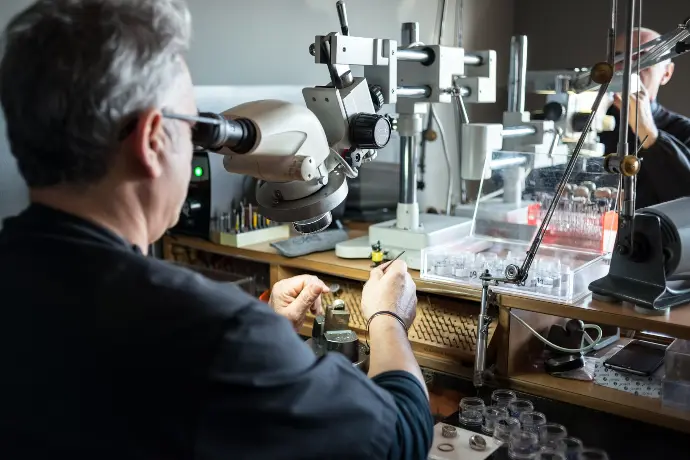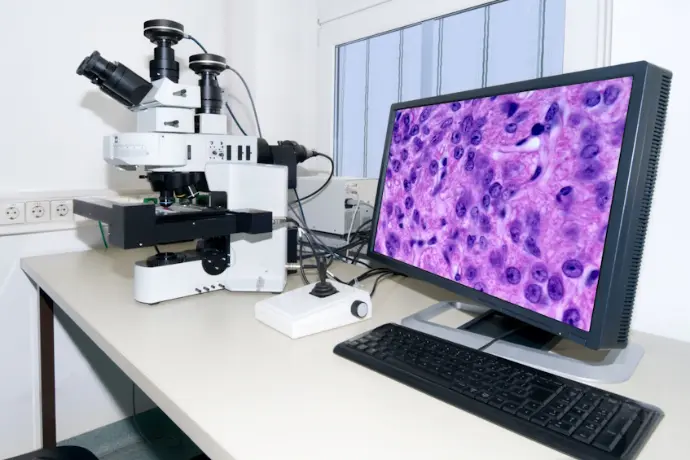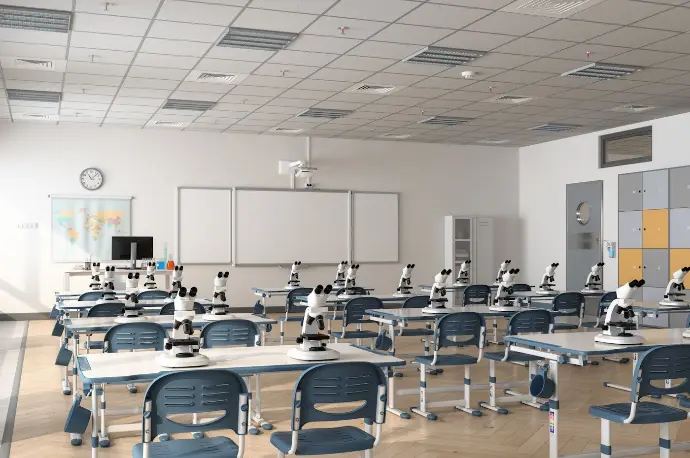About me
Un expert accrédité à votre service
After more than twelve years with world leaders Leica and Olympus, I'm now putting my expertise to work for you as a freelance microscopy technician..
My mission: to offer you excellent service at a competitive price.
My expertise covers a wide range of equipment, from school microscopes to cutting-edge devices used in university research. Whether you're in education, research, pathology, metallurgy, watchmaking, quality control, the pharmaceutical industry or the medical sector, I can meet your specific requirements.
My services include :
- Repair of microscopes and stereomicroscopes
- Preventive and corrective maintenance
- Consulting and training
Choosing my services means opting for :
- Technical know-how
- An experience in a wide range of applications
- A personalized, responsive service
- Uncompromising quality, unsurprising price

Microscopy,
a vast field of applications

Watchmaking and industry
Microscopes are essential in many industries for quality control, precision assembly and research. In watchmaking and microtechnology, stereomicroscopes are used for the careful handling of small parts with extreme precision, as they offer depth perception to the user. Episcopic illumination highlights the details of metal surfaces for rigorous inspection. Bright and dark field techniques, as well as phase contrast, enable in-depth examination of translucent or opaque materials. Confocal microscopes are also increasingly used in industry for 3D surface inspection, offering high resolution and the ability to analyze materials layer by layer, which is particularly useful for microelectronics and composite materials. These systems can detect microscopic defects that would be invisible with traditional microscopy techniques.

Life Sciences
In biology and medical research laboratories, microscopes are essential for observing cells, tissues and living organisms. Fluorescence microscopes are used to identify specific markers inside cells using fluorescent proteins. Phase contrast enables the visualization of living cells without staining, revealing details otherwise invisible. Confocal microscopes are particularly valuable for 3D imaging of biological samples, enabling in-depth study of cellular structures with exceptional resolution. DIC (Differential Interferential Contrast) is also used to observe transparent structures, enhancing contrast without the need for staining..

Education
In educational establishments, microscopes are used to introduce students to the fundamentals of biology. Classic bright-field optical microscopes are the most common, offering a clear view of samples for learning the basics of microscopy. Stereomicroscopes, on the other hand, enable 3D observation of larger objects such as insects or minerals. Episcopic and diascopic illumination enable a variety of observation methods, enriching the educational experience.